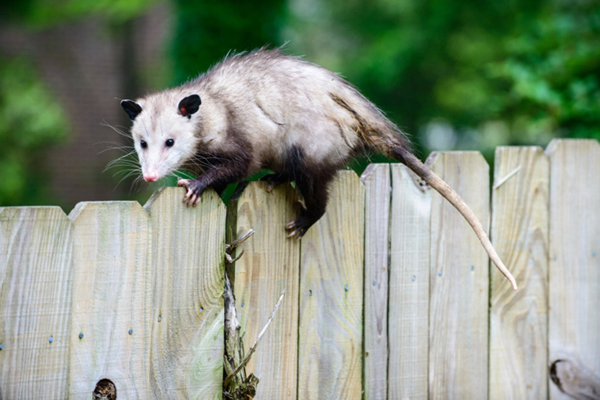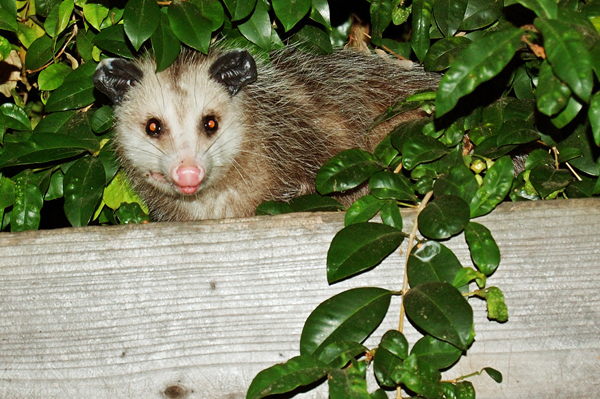Why is trapping allowed?
Wildlife biologists recognize trapping as an important wildlife management tool. Trapping is highly regulated and scientifically monitored by professional wildlife biologists within each state’s department of wildlife to ensure that the most humane methods are used and that the population is never endangered.
What do you mean by "wildlife management tool?"
Wildlife management is a complex, scientific discipline concerned with habitat loss, animal damage control, public health and safety, and the responsible treatment of animals. Our goal is to apply this science to protect, maintain and restore wildlife populations. Maintaining a balance between people and animals is often a big part of our job. Trapping is a proven method for conserving and managing our nation’s wildlife resources.
How is trapping regulated?
Anyone who traps must follow very strict rules established and enforced by the state fish and wildlife agencies. Some of the ways in which trapping is regulated include restrictions on species, seasons, types of traps, and areas in which trapping is permitted. Only licensed trappers are allowed to participate.
Isn’t trapping cruel?
Many people unfamiliar with modern trapping think of traps as big, powerful devices with teeth that were used to capture bears in the early 1900s. Trapping technology is very different today and such devices have no use in modern fur trapping. Today, sizes, types and usage of traps are strictly regulated and many sizes and types are no longer allowed. Ongoing scientific research is aimed at the development of improved trap designs.
How is current trap research conducted?
Experts from all 50 state fish and wildlife agencies and other conservationists who care about the environment, natural resources and animal welfare are working together to improve and modernize the technology of trapping through scientific research.
The International Association of Fish and Wildlife Agencies has begun one of the most ambitious research projects in the history of the conservation movement: a program to develop Best Management Practices for trapping as a way to identify efficient and humane traps and improve those tools and techniques.
Initial findings are promising and show that even with minor adjustments, some existing traps can be improved. Also, new technology has proved very efficient, selective and mindful of animal welfare.
The ongoing scientific research is being conducted to ensure improvements in animal welfare and wildlife management. Professional wildlife biologists, highly qualified wildlife veterinarians and experts in the field of trapping are involved in all phases of this project.
How will the BMPs be implemented?
BMPs will be available to state wildlife agencies, trapper organizations and any other interested parties. The first trapping BMPs are expected by the year 2003 and will be updated and revised as new technology becomes available.
Who has set the standards for determining whether a trap can be considered humane?
Wildlife professionals, in cooperation with wildlife veterinarians, will use the information gathered through the trapping BMP research to determine which are the best devices for restraining animals. This information is collected following standards for evaluation outlined by The International Organization for Standardization, an organization that determines standards for products around the world. Those standards for evaluation are intended for use in the United States and worldwide.
Why is so much effort and funding put into this project when trapping simply can be banned?
It does not make sense to ban trapping. In fact, trapping is an indispensable wildlife management tool that many wildlife professionals rely on to help them care for wildlife populations. Because we care about wildlife, we are seeking to identify the best tools available.
According to a Utah State University’s Jack H. Berryman Institute, wildlife professionals report that certain animal populations would increase over 200% across the United States over the next 10 years if hunting and trapping were banned tomorrow. In just the northeast region alone, raccoon populations could increase up to 100% over the next 10 years if trapping were prohibited. Millions of tax dollars are spent annually to reduce, alleviate, repair, or compensate for damage done by wildlife.
What are the benefits of trapping?
Trapping benefits both people and wildlife. Trapping can help keep urban and suburban residents safe from problems caused by people and wildlife living in close proximity. It may come as a surprise, but trapping is often used in urban and suburban areas to keep overabundant wildlife away from our homes and yards. In many American cities, coyotes, foxes and raccoons have entered residential and urban areas as their populations soar and their fear of people decreases. Recently, coyotes were even spotted in New York City’s Central Park. (Be sure to use an example relative to your state, if possible) Trapping also can assist experts in researching and relocating species to areas where animals can better thrive. For example, river otters once absent from most of the Midwest, are now making a comeback. This turn of events contrasts with conditions in the early 1900s when river otters nearly disappeared due to a substantial loss of habitat and 200 years of unregulated trapping and hunting. Thanks to a partnership between trappers and wildlife biologists, nearly 4,000 otters have been released back into the wild in 18 states, after being trapped in places where they are abundant, like Louisiana and Maryland. (Be sure to use an example relative to your state, if possible.) Trapping can help restore threatened and endangered species by controlling predators and other animals that would otherwise have killed these sensitive animals or destroyed their habitats. Sea turtles, black-footed ferrets, whooping cranes, and other rare species are protected from predation and habitat damage caused by foxes, coyotes and nutria. (Once again, be sure to use an example relative to your state, if possible).





